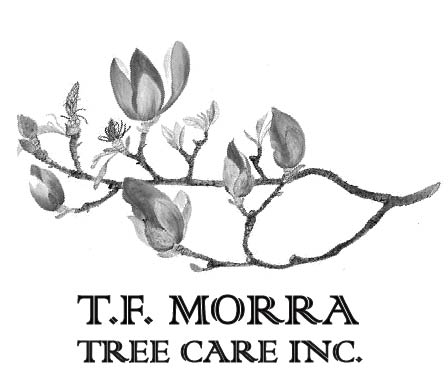A Mid Spring update!
/After a very weird year for us all, Spring coming into bloom has been a welcome harbinger of better days for us all; And while we’ve been spending more time amongst our trees than ever, there have been a few environmental issues that have slipped past everyone’s notice. Normally at this time of year, we’d be talking about excessive moisture and all of the resulting fungal issues - but for the first time in many years, we seem to have broken the moisture cycle that we have been stuck in. This is of course welcome news, however not without a downside. Instead of excessive moisture, now we find ourselves dealing with the effects of drought.
After what felt like never ending moisture last Spring, the drought of last Summer also had a profound effect. Without supplemental watering throughout, many plants and trees have suffered. Now we are once again dealing with droughty conditions, and the damage is compounding. On nearly every site visit Tom makes, the culprit of any lackluster or declining trees has been a direct result of these excessively dry conditions.
Different trees and plants will show stress in different ways; you may see areas of dieback, leaf/needle loss, or an overall unwell look about them. The best way to combat these stressful conditions is simply to water your trees, thoroughly and frequently. It is important to remember that you should never water the tree itself, but rather the soil it sits in. To do so, loosely wrap a soaker hose around the base of the trunk and water deeply 2 - 3 times a week. You can adjust your watering frequency based on any rainfall that we do get. Watering isn’t an exact science, so use your best judgement as to the amount - but as a good indicator, you do not want water pooling up on the surface.
Another issue that has gone under the radar for many only impacts those of us who have ash trees - Emerald Ash Borer. These metallic green beetles lay eggs within the crevices of the bark. As the eggs mature into larvae, they feed underneath the bark until the emerge as adults a year or two later. Emerald Ash Borer originated in Northeast Asia, however they have made it over to the US through the global shipping process. Left untreated, all exposed ashes are expected to die within less than 5 years of initial infestation. There is a good chance that your ash tree is already infested but not yet showing symptoms. While this is a bleak picture, not all hope is lost - treatment for Emerald Ash Borer is available here at TF Morra Tree Care. If you have an ash tree and would like a quote for treatment, don’t hesitate to reach out to me via email at stephanie@tfmorra.com! I’m happy to have Tom do so.
Lastly, one of the best things that we can do for our trees is to think ahead. Now is the time to take a good look around the yard, and see what projects you may want to tackle in the Fall or Winter when the gardens fade. Volume has been higher than ever over here at T.F. Morra, and it is important to reach out and get the ball rolling on your plans sooner rather than later!


